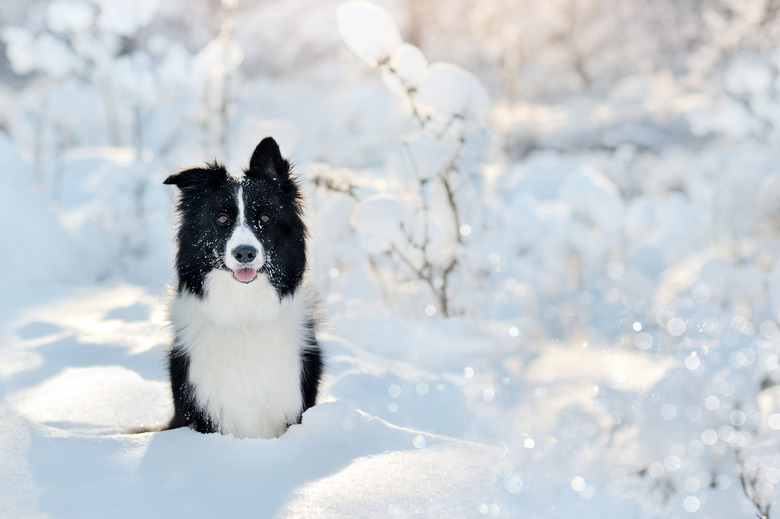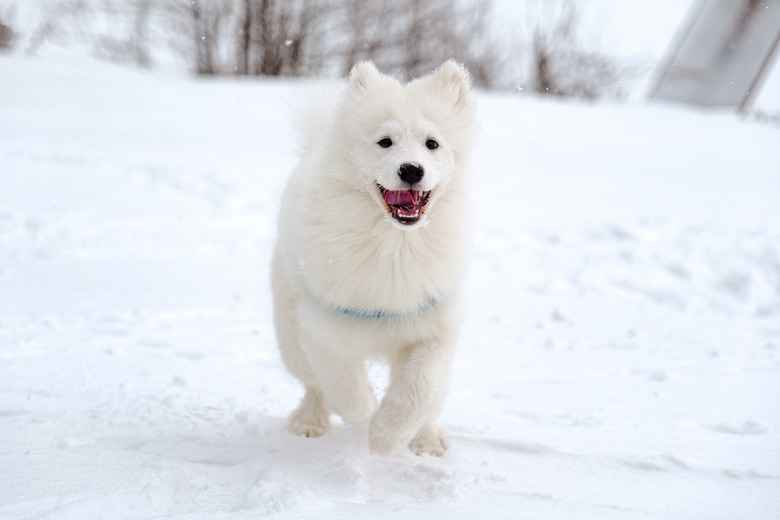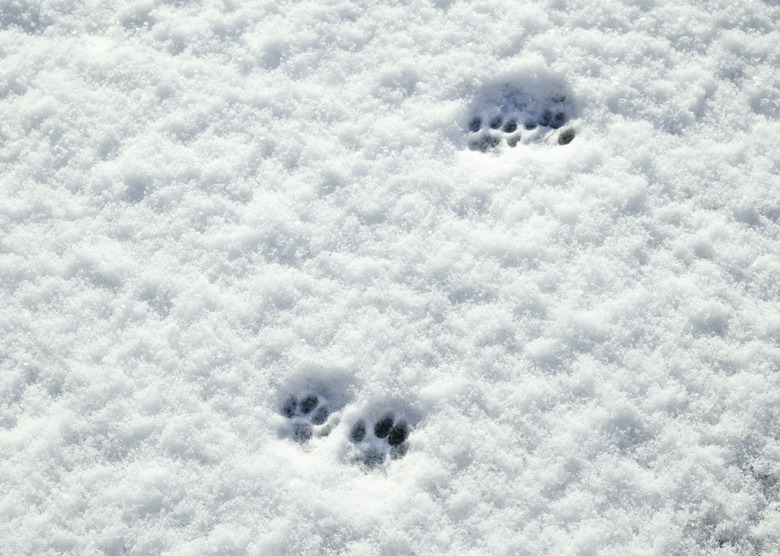Can Dogs And Cats Get Hypothermia?
When temperatures drop, pet owners break out sweaters and blankets to keep pets warm and cozy. Just like humans, cats and dogs can get hypothermia if they become too cold. Hypothermia can be fatal — but it is easily preventable.
What is hypothermia?
What is hypothermia?
Hypothermia occurs when the body loses heat faster than it can produce it and causes the body to have a temperature drop. When body temperature drops below normal, the heart, nervous system, and other organs can't work properly.
The normal body temperature for dogs is between 101°F and 102.5°F. The normal body temperature for cats is between 100.5°F and 102.5°F.
Hypothermia progresses through mild, moderate, and severe stages. Each stage becomes more dangerous to your pet's health. If untreated, hypothermia can lead to serious complications or death.
Causes of hypothermia
Hypothermia has different causes, such as:
- Exposure to cold: Cold temperatures can commonly cause hypothermia if pets cannot get warm. The temperature at which a dog or cat becomes dangerously cold depends on their breed, size, age, and health factors.
- Getting wet: Pets who get wet on cold days or swim in cold water may develop hypothermia.
- Blood loss: Healthy blood flow helps to keep dogs and cats warm. An injury that causes significant blood loss could cause hypothermia.
What is the difference between frostbite and hypothermia?
What is the difference between frostbite and hypothermia?
Frostbite is tissue damage caused by extreme cold. Frostbite usually is not as life-threatening as hypothermia unless the frostbite area becomes infected. Tissue damage from frostbite can range from mild to severe and typically affects pets' ears, toes, and tips of the tail.
Symptoms of frostbite will vary depending on severity. In general, changes in your pet's skin after cold exposure could indicate frostbite: pale, bluish, swollen, scaly, or dark skin may require veterinary attention.
Though frostbite and hypothermia can co-occur, these conditions have different symptoms and affect different parts of the body.
Symptoms of cat hypothermia
Symptoms of cat hypothermia
Though indoor-only cats are less likely to experience hypothermia caused by cold weather, it's wise to know the symptoms in case of a power outage or other emergency. Cats who spend time outdoors are more at risk of becoming hypothermic.
- Early warning signs: Curling up, hunching over, seeking heat sources
- Mild hypothermia: Shivering, lethargic, confused/unresponsive
- Moderate hypothermia: Cold to the touch (especially ear tips, paws, and tail), stiff muscles, dilated pupils
- Severe hypothermia: Decreased pulse and heart rate, difficulty breathing, loss of consciousness
Symptoms of dog hypothermia
Symptoms of dog hypothermia
Hypothermic dogs will present symptoms similar to hypothermic cats. Mild hypothermia sets in when a dog's body temperature drops below 99°F.
- Early warning signs: Curling up, shivering
- Mild hypothermia: Shivering, sluggishness, increased heart rate followed by slower heart rate
- Moderate hypothermia: Cold to the touch (especially ear tips, paws, and tail), dilated pupils, rapid/shallow breathing
- Severe hypothermia: Decreased pulse/heart rate, difficulty breathing, loss of consciousness
Pets at higher risk for hypothermia
Pets at higher risk for hypothermia
- The following dogs and cats are most at risk for hypothermia and tend to not handle the cold weather well:
- small dogs
- short-haired dogs
- puppies
- elderly dogs
- outdoor cats
Certain health conditions can also increase rapid heat loss in both dogs and cats. Such health factors include:
- hypothyroidism
- Addison's disease
- heart problems
How to prevent hypothermia
How to prevent hypothermia
Both dogs and cats should have a warm, comfortable bed indoors and away from drafts. Never leave your pet locked outside in cold weather — make sure they can come inside on their own to warm up.
Provide cats with warm blankets and heating pads to keep them cozy. Short-haired dogs, seniors, puppies, and any other pup who is prone to shivering will appreciate a warm sweater when going outside.
If you live in an area that sees snow, dog booties can protect sensitive paws from cold, wet snow and road salt. Road salt can irritate paws or make pets sick if ingested.
How is hypothermia treated?
How is hypothermia treated?
Provide first aid to hypothermic pets immediately upon noticing symptoms. Bring pets indoors and keep them warm and dry while you assess their condition. Use a digital or rectal thermometer to take their temperature. Depending on their body temperature, you may need to seek veterinary treatment.
First aid actions to take for each stage of pet hypothermia
- For mild hypothermia: tuck your pet into a cozy bed and cover them with a warm blanket. Add another blanket if symptoms don't improve within about 10 minutes.
- For moderate hypothermia range: keep your pet warm and call your veterinarian or closest emergency center. Use external radiant heat sources such as an electric heating pad or hot water bottles in addition to insulating layers.
- Severe hypothermia: requires emergency veterinary care. Treatment may include warm intravenous fluids and warm water enemas to raise your pet's internal body temperature.
The bottom line
The bottom line
Dogs and cats are susceptible to hypothermia if their body temperature falls below its normal range. Keep pets indoors as much as possible during cold weather and very low temperatures. Sweaters and booties can help protect dogs who are more vulnerable to the cold on those chilly potty breaks. If you notice signs of hypothermia, keep your pet warm and call your veterinarian right away.




